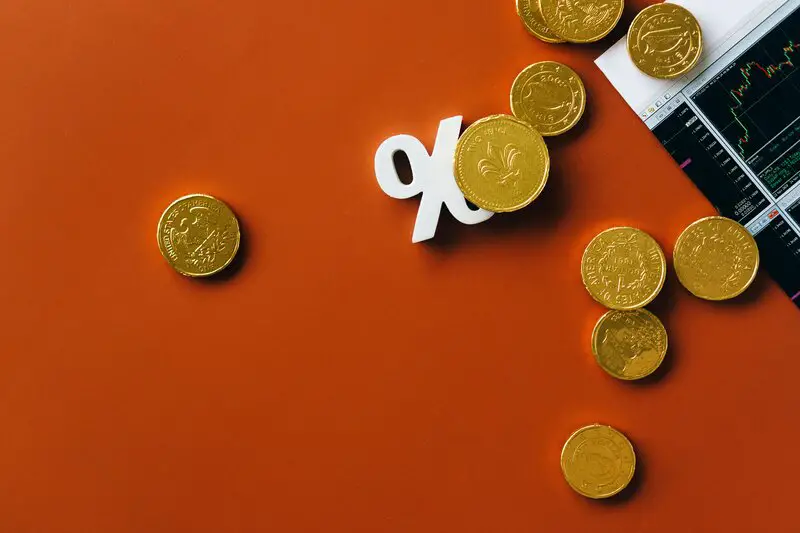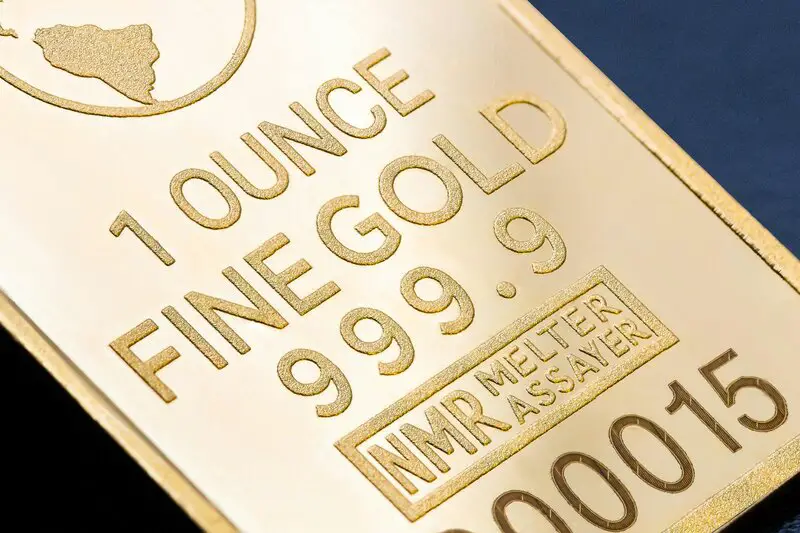If you've ever looked at a gold price chart and felt overwhelmed by all the lines, candles, and numbers — you're not alone. But learning how to read and interpret gold price charts is one of the most valuable skills a gold investor can have. It helps you understand not just where the price has been, but where it might be heading.
In this guide, we'll walk through the essential elements of reading gold price charts: candlestick patterns, trend lines, support and resistance levels, and the most commonly used technical indicators. By the end, you'll have a solid foundation to start using chart analysis as part of your gold investing strategy.
Why Chart Analysis Matters in Gold Investing
Gold, like any other traded asset, is subject to price movements that are driven by both fundamentals (like economic data and central bank policy) and market psychology. Charts give us a visual representation of those price movements over time.
Chart analysis — also known as technical analysis — is based on the idea that price history tends to repeat itself, especially when it comes to human behaviour. While no method can predict the future with certainty, understanding charts can help you make more informed decisions about when to buy, sell, or hold.
Choosing the Right Type of Chart
When you visit a gold price website or trading platform, you'll typically be able to choose from several chart styles. The three most common are:
1. Line Chart
- Simple and clean, showing the closing price over time
- Good for beginners or quick overviews
- Doesn't show price range (highs and lows) within each time period
2. Bar Chart
- Displays the open, high, low, and close (OHLC) prices for each period
- Offers more detail than a line chart
3. Candlestick Chart
- The most widely used chart type among traders
- Visually intuitive, showing price movement within a time period
- Each candle shows the open, close, high, and low, and whether the price moved up (typically green) or down (typically red)
For serious chart analysis, candlestick charts are the gold standard. Let's take a closer look at how to read them.
Understanding Candlestick Charts
Each candlestick represents a set period of time — it could be one day, one hour, even one minute depending on the timeframe you're looking at.
A single candle shows:
- Open price: Where the price started at the beginning of the period
- Close price: Where the price ended at the end of the period
- High and low: The highest and lowest prices reached during that period
- Body: The rectangle between the open and close
- Wicks (or shadows): The thin lines above and below the body, showing the full price range
Remember:
• A green candle means the price closed higher than it opened (a bullish move)
• A red candle means the price closed lower than it opened (a bearish move)
Reading candlestick patterns can reveal a lot about market sentiment and potential reversals or continuations.
Identifying Trends
One of the first things to assess when reading any chart is whether the market is trending or ranging.
- Uptrend: A series of higher highs and higher lows. Investors often look to "buy the dips" in uptrends.
- Downtrend: A series of lower highs and lower lows. Traders may "sell the rallies."
- Sideways (range-bound): The price moves within a horizontal band. This can suggest indecision in the market.
Drawing trendlines can help you visualise the direction of the market. A trendline is simply a diagonal line connecting at least two or three significant lows (in an uptrend) or highs (in a downtrend).
Trendlines help identify possible entry or exit points, especially when the price breaks above or below them.
Support and Resistance Levels
These are some of the most important concepts in technical analysis:
- Support is a price level where gold tends to stop falling and may bounce back up. It acts like a "floor."
- Resistance is a level where gold tends to stop rising and may pull back down. It acts like a "ceiling."
When gold approaches a support or resistance level, traders pay close attention. If the price breaks through one of these levels, it often leads to strong momentum in that direction.
For example:
- If gold breaks above a long-term resistance level, it might signal the start of a new rally
- If it breaks below a major support level, it could trigger further selling
Popular Technical Indicators
Charts can also include indicators — tools based on mathematical formulas that help analyse trends and momentum. Here are a few of the most useful ones for gold:
1. Moving Averages (MA)
- Smooth out price data to help identify trends
- A Simple Moving Average (SMA) is calculated by averaging the closing prices over a certain period (e.g. 50 days)
- A 200-day MA is widely watched and often seen as a long-term trend indicator
Tip: When a short-term MA (e.g. 50-day) crosses above a long-term MA (e.g. 200-day), it can signal a bullish trend — often called a "golden cross".
2. Relative Strength Index (RSI)
- Measures whether gold is overbought or oversold on a scale from 0 to 100
- Above 70 = possibly overbought (price may fall)
- Below 30 = possibly oversold (price may rise)
3. MACD (Moving Average Convergence Divergence)
- Shows the relationship between two moving averages
- Often used to spot potential trend reversals or momentum shifts
4. Volume
- Tracks how much gold is being traded
- A strong price move with high volume is more likely to be sustained
- Weak volume during a price move can signal a lack of conviction
Timeframes and Chart Settings
The timeframe you choose affects how you interpret the chart.
- Daily and weekly charts are best for longer-term investors
- Hourly or minute charts are used by short-term traders
Looking at multiple timeframes can give a clearer picture of both the short-term activity and the broader trend. For example, you might use a weekly chart to understand the long-term direction, and a daily chart to time your entry.
Practical Example
Real-World Scenario:
Let's say gold has been trading in a range between £1,600 and £1,650 for several weeks.
- The support level is around £1,600 — this is where buyers tend to step in
- The resistance level is £1,650 — sellers have been pushing the price down from here
If the price breaks above £1,650 on strong volume, this might be seen as a bullish breakout, with potential for the price to rise further.
Traders might enter a position after the breakout and use a stop-loss below the breakout level in case the move fails.
Combining Technical and Fundamental Analysis
While chart reading is powerful, it's most effective when used alongside fundamental analysis. For example, a bullish chart pattern becomes more meaningful if it coincides with:
- A weak US dollar
- Falling interest rates
- Rising inflation
- Geopolitical instability
Technical analysis shows what is happening, but fundamentals often explain why. Combining both gives you the best chance of making smart decisions.
Final Thoughts
Learning how to read and interpret gold price charts is one of the most practical skills an investor can develop. It doesn't require a background in finance — just a bit of time, practice, and patience.
Start by focusing on simple chart elements: trend direction, support/resistance levels, and basic indicators like moving averages or RSI. As your confidence grows, you can begin experimenting with more advanced tools and strategies.
The goal isn't to predict the future perfectly — it's to improve your ability to identify high-probability opportunities, avoid common mistakes, and stay disciplined in your investment approach.
Gold may be timeless, but the way we analyse it keeps evolving. With the right knowledge and tools, you'll be better equipped to navigate the ups and downs of this dynamic market.




